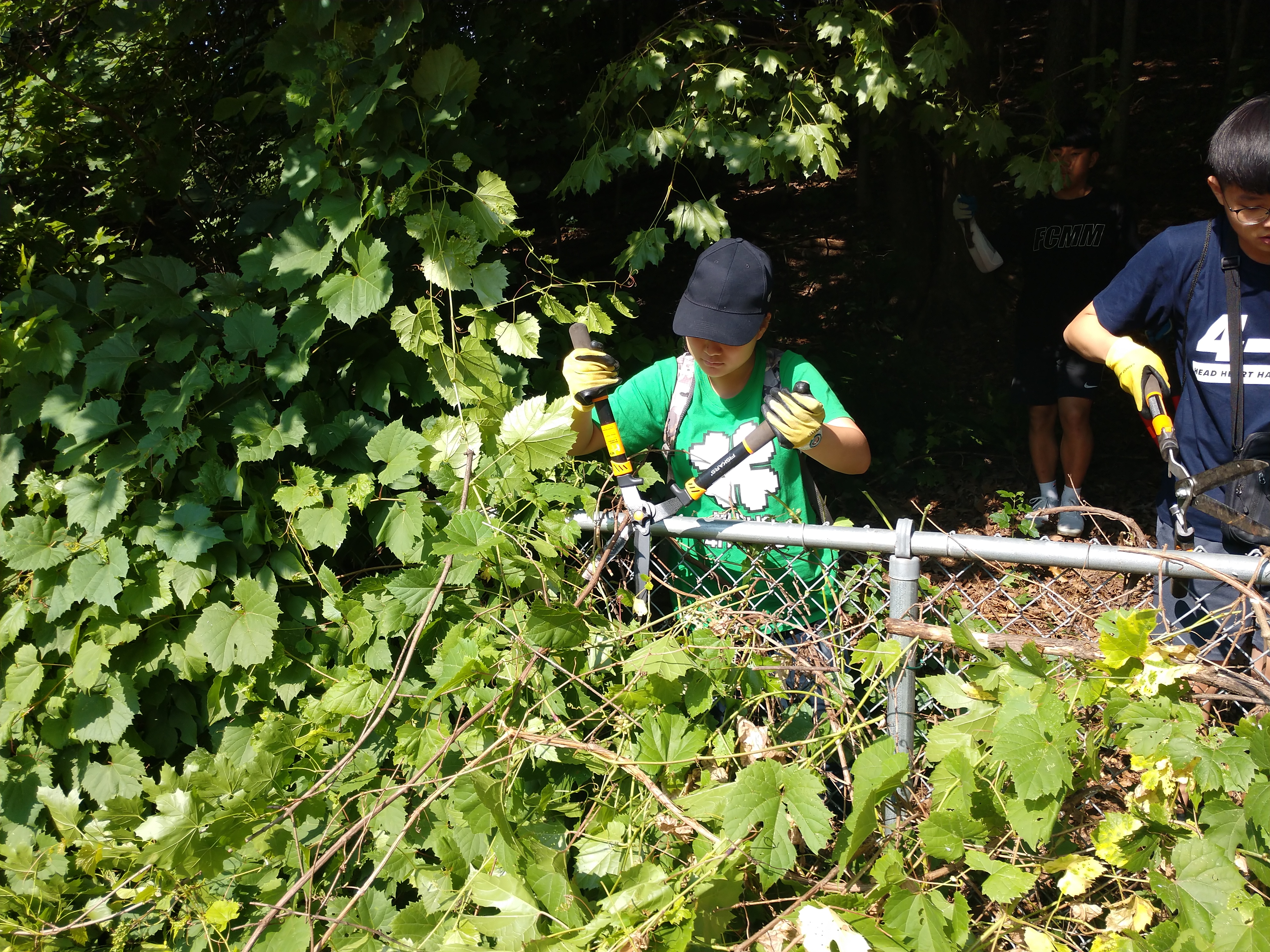Helpful steps to take for successful service learning projects
Where should youth look when searching for a community service or service learning project?

When a group or 4-H club is looking for a community service or service learning project, where do they start? Being successful can be as easy as keeping the following words in mind:
- Connect
- Decide
- Plan
- Involve
- Awareness
- Host
- Reflect
- Celebrate
- Share
Connect with local Human Service Agencies to find out the need in the community and what programs the youth can help with. A group should look for help connecting to these organizations through outlets such as County Commissioners, the Department of Human Services, the Community Mental Health or County Basic Needs Committees. Most of these entities will have a list of services available in the community. Groups can then contact each service and decide what they would like to look into further or look for gaps in services and start their own service.
The whole group should work together to decide on a project that they are passionate about, is suitable for the time of year and fits the needs of the audience. In order for an event to be successful it needs to have the support of the people that are not only doing the work but also the people who will benefit from the work.
- Possible fall/winter activities: Snow removal for citizens, working at the local recycle plant, grocery shopping for seniors and shut-ins, “Walk for Warmth” programs, assist local shelters with cleaning, provide care for animals, help collect items for a local group that loans out items such as canes, walkers, crutches etc. for those in need.
- Possibly spring/summer activities: Trim shrubs or bushes, wash exterior windows, adopt a highway or road side clean-up, assist local shelters with cleaning and caring for animals, raise poultry for the local food back, buy an animal at the local fair and donate it to the local food bank, have a Relay for Life team, cemetery cleanup, or park cleanup.
If a group decides to start their own service, it is helpful to talk to other communities that may have already provided these services. They can help groups gain knowledge on what has worked and what has not worked as well as how to get started. It will not only be a great time saver, but it can also save money and resources.
Once the group has decided on a project the next step is to plan your event. A helpful tip would be to come up with a timeline and task list. Assign tasks out to the group with deadlines to keep the project on track and moving forward.

It is important for the group to think of everyone that will be impacted such as youth workers, stakeholders, neighbors, businesses, parents, agencies, and community. The group needs to involve the appropriate groups or individuals in the planning stage and perhaps different groups once the event is ready to go. Open communication will keep surprises at bay such as a city ordinance, a town rule or planning an event on the same day as another large event.
Raise awareness by asking local papers or radio stations to cover the event. Good publicity can help a groups cause in many ways. When others see youth working towards a cause in their community it causes them to appreciate the youth, recognize needs they may not have known about before and help the youth who are working so hard to feel appreciated.
Host the event, making sure to have fun and enjoy seeing all the hard work put in come together. Every group member should keep a notebook handy to jot down notes of things that went well or things that can be improved. Writing down these items as they occur will be very helpful for the reflection and future plan portions of the project.
Reflect back on event. The group should discuss who they helped, success they had, what they learned from the event and what personal growth took place. Were there things that could have been done to make a bigger impact? If the project was to be done again, what changes could be made to make it easier and run smoother? Was it a success and if so, does the group want to do it again?
Celebrate the event. The group should take time to celebrate the project they have completed. Thank each other for the hard work everyone did and truly rejoice in a project well done.
Share successes with human service agencies, stakeholders, papers, group members and Michigan State University Extension and 4-H staff. It is important for everyone who played a role, no matter how big or small, knows the outcome of the event. Sharing success can secure future stakeholders, partners and support.
For more information on service learning, visit Michigan State University Extension's Community Service & Service Learning page or reach out to the MSU Extension leadership and civic engagement team at 4-Hleadership@anr.msu.edu.



 Print
Print Email
Email